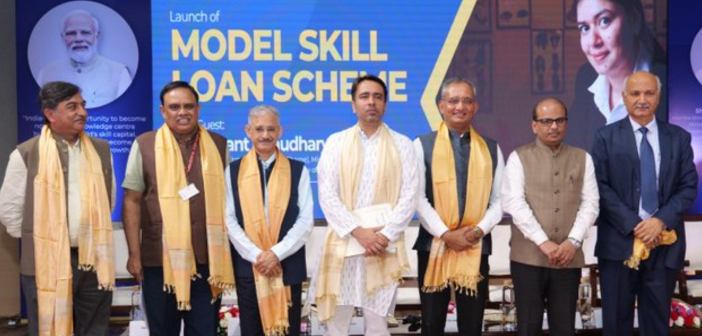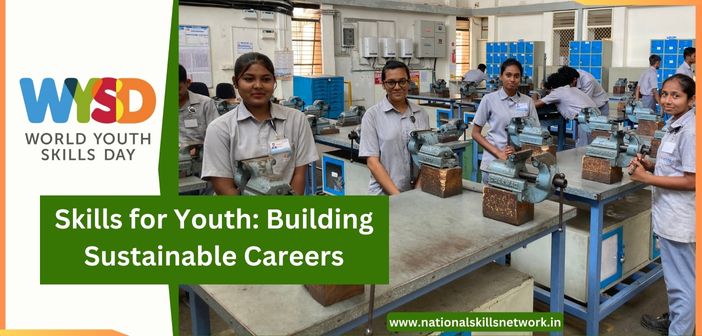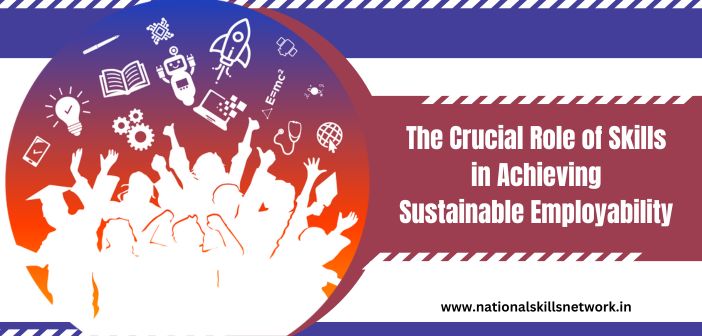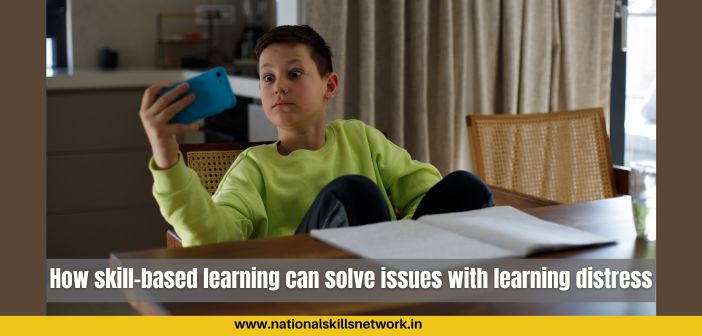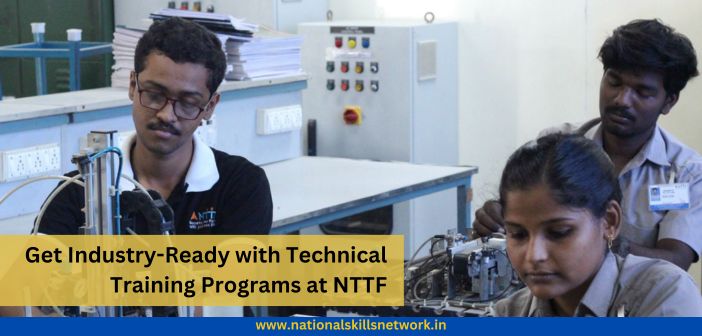One of the key objectives of the Gem and Jewellery Skill Council of India (GJSCI) is to facilitate world-class training and capacity building in an industry that is largely unorganized. In this Skill Talk by Binit Bhatt, COO, GJSCI, we get to appreciate the efforts of the council that have resulted in remarkable improvement in productivity and quality. Let’s read on to know more about how strategic interventions like RPL and tech-savvy initiatives are shaping the skilling ecosystem in this sector.
We cater to a wide range of skills across manufacturing and retailing in gems and jewellery. This includes processing diamonds and gemstones, computer assisted designs, handmade gold jewellery and so on. Though the industry is predominantly informal, we are fast moving towards formal sector with our emphasis on occupational standards for various job roles, along with certification and standardized curriculum.
The positive impact of Recognition of Prior Learning (RPL)
Let us look at how RPL becomes an effective tool to provide skill-based training for upward mobility. When artisans get a chance to go from the unorganized to organized sector, they get to work in a healthy environment, be more productive and enhance their skills using modern technology. RPL serves as a bridge between the unorganized and the organized. Once a person is recognized by the government, he or she is given an IPR training during which they understand a lot of things, which they’ve never been exposed to or seen. RPL allows the government, GJSCI and NSDC to map skilled workforce in terms of quantity and quality along with different job roles in which the workforce are employed.
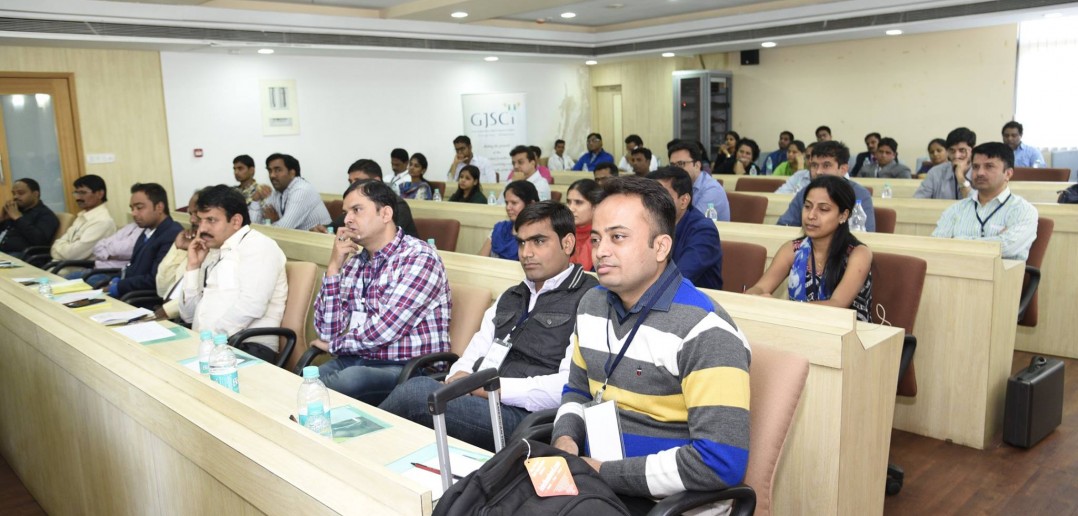 Our occupational standards (NOS) and qualification packs (QPs) are aligned with NSQF levels. If an artisan is at NSQF level 4 and wishes to rise to level 6 he or she comes to know about the career progression in terms of desired skills to reach the level. This will also help them in undergoing the right training programs for achieving higher level of certification.
Our occupational standards (NOS) and qualification packs (QPs) are aligned with NSQF levels. If an artisan is at NSQF level 4 and wishes to rise to level 6 he or she comes to know about the career progression in terms of desired skills to reach the level. This will also help them in undergoing the right training programs for achieving higher level of certification.
Shortage of quality trainers – a challenge
There is a huge dearth of quality trainers in the gems and jewellery industry and the major reason is the lack of infrastructure to put up training institutes. It is not easy to train people in diamonds or in gold, unless you have IT infrastructure with 10 computers, at the cost of perhaps Rs.5 lakhs including the space rental and other expenses. Comparatively, one kilogram of silver will cost you around Rs.5 lakhs. Secondly, it is very difficult to find good trainers because it is not necessary that people who have knowledge can train and vice versa. However, GJSCI has an ambitious plan and we are starting with our training of trainers and we intend to have at least 1200 certified trainers for various job roles by the end of financial year 2017.
Technology enabled learning through e-learning and mobile apps
E-learning and mobile learning came to our mind from two basic necessities: one, time and two, money. When people wish to learn and seek a job in jewellery retail, perhaps as freshers, where do they go? Since there are no training institutes, they have spend 6 – 8 months behind the retail sales counter as a junior assistant, observing, giving out trays of jewellery and making bills etc. So, for such job aspirants we are saving their time, they can do the course in a period of 2 months, give an online examination, get certified and become job-ready.
And for those who are already in it, who want certification or wish to enhance through various upskilling courses, they can study at their own pace may be while travelling, they can start the mobile app and continue their learning. When it comes to cost, training a jewellery retail sales associate costs around Rs.3800 per person on an average. Whereas through e-learning you can have the same training Rs. 999. It does not require classrooms, standard timings, or special trainers!
Helping small artisans and people who are self employed with e-learning
Many homemakers across India who are in the jewellery business, do their business from home. They work with artisans who make jewellery for them, or they are designers themselves. But, they don’t know how to conduct themselves in front of a customer, they are good in their art, but they do not know how to sell. We’ve got a very good response from homemakers for these courses and also from various career fairs that we attend. In these fairs, the youth become aware of our courses, about job opportunities, and when it comes to learning, it as easy as paying for two person’s dinner at Rs.999! Mobilizing youth in this sector is relatively easy compared to other sectors, and definitely for particular job roles.
Partnership with government
Partnerships with various governments are based on a skill gap analysis which is conducted jointly with NSDC and based on that we approach a particular government department and explore how we can collaborate with them. Once we sign an MoU and we enter into the nitty-gritty of training, we find out who are the other partners in that state and information about the clusters. Based on this critical data, we arrange for training and go ahead with skill based training and assessments.
Assessments and certification
We are moving away from pen and paper model and we use tablets with real time assessments. The manual process is cut short as the person is given a tablet with multiple-choice objective questions, and immediately when the exam is over the results are calculated and sent to the student. This also includes various practical tests.
Advice for aspiring training partners
Aspiring training partners must have domain knowledge, domain experience, certified trainers and necessary tools for training and employment generation ability. They should be able to train people with a clear outcome, which could be employability or entrepreneurship.
Looking ahead
India has given quality labour to the world in many industries and gems and jewellery is definitely amongst one of them; others being IT, constructions, refining etc. Between the years 2022 and 2031 India will have the youngest population in the world with an average of 25.8 years and manufacturing will be one of the priority needs of the world. If our work force is skilled and certified they will surely put up industries here. This not only gives people chance to earn living in a rightful manner but also invites better FDI.





